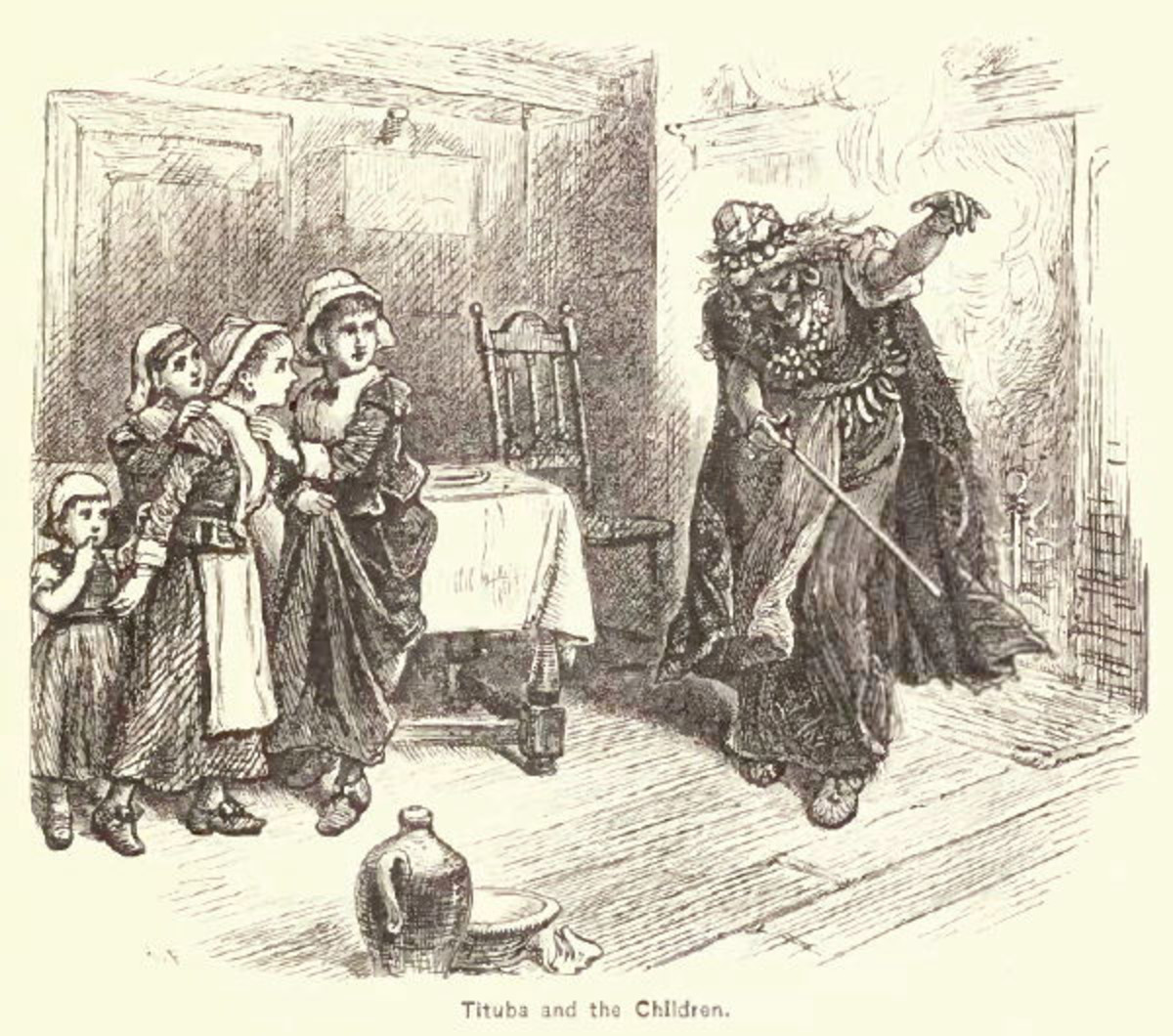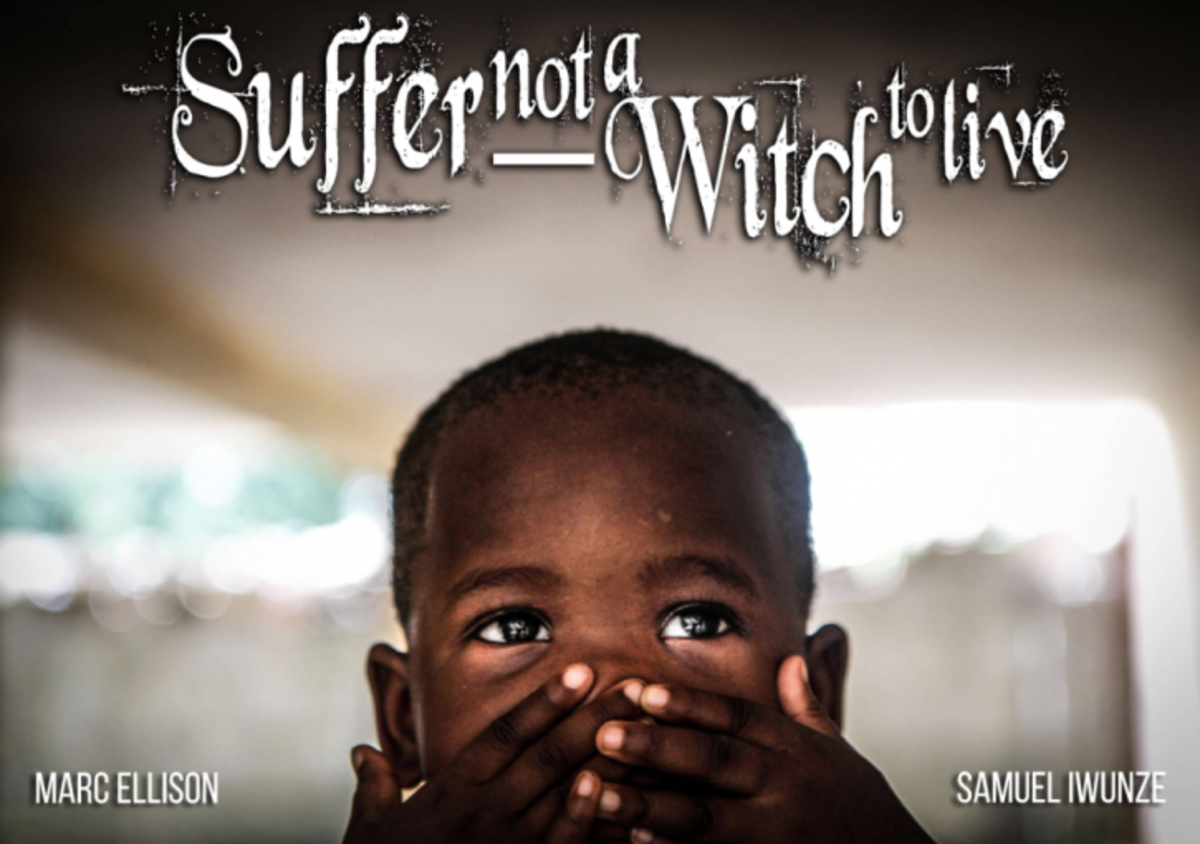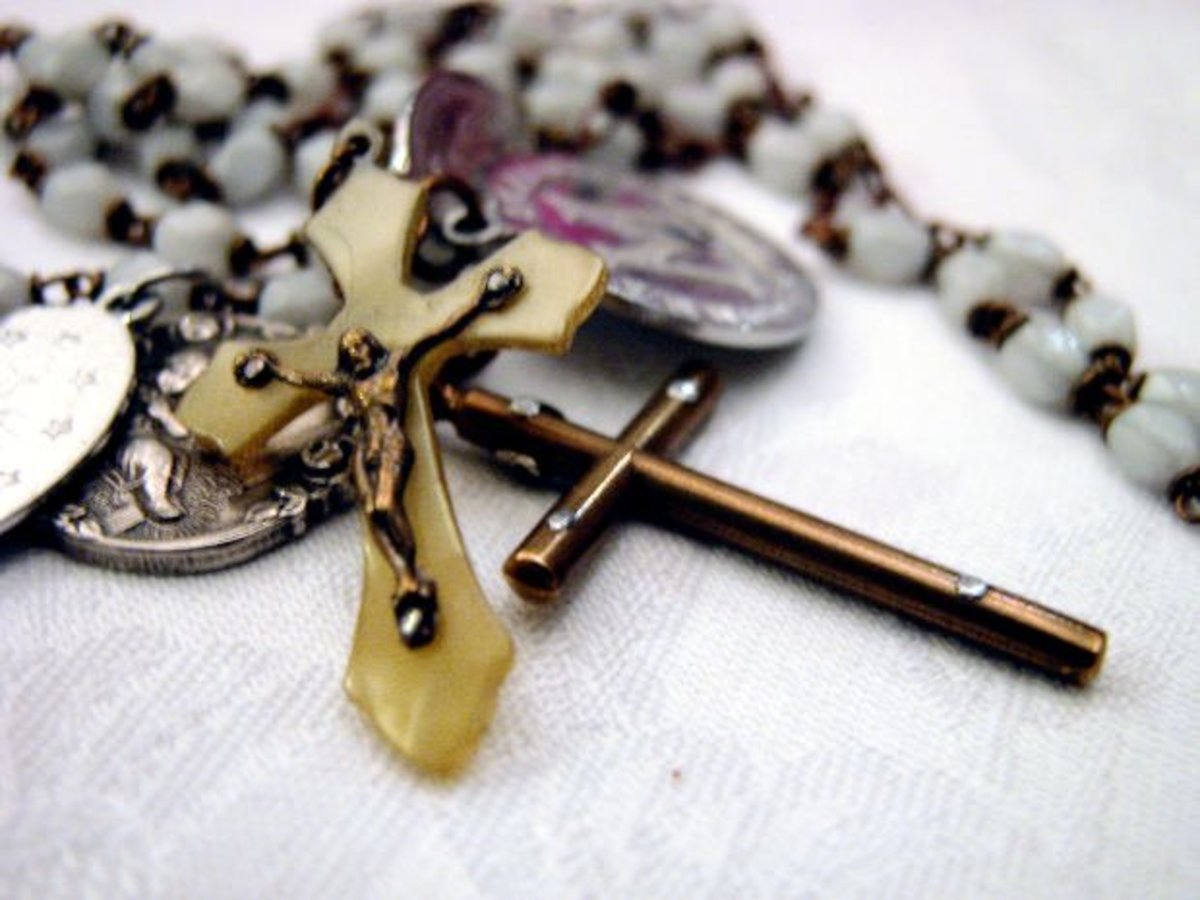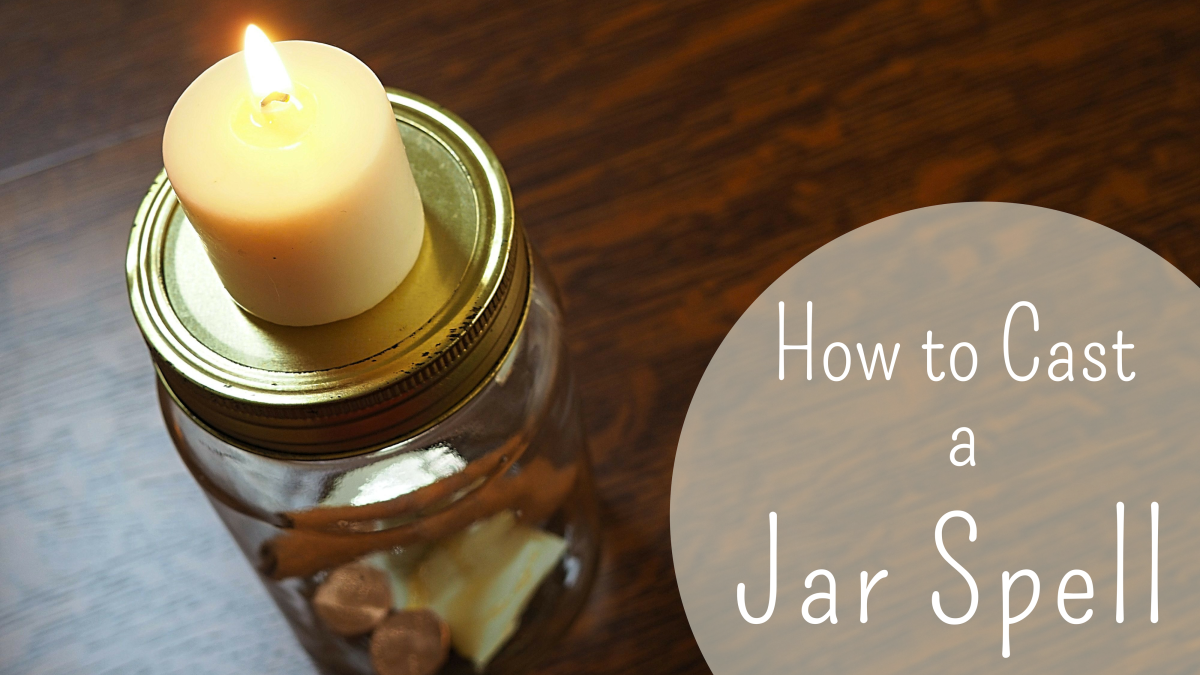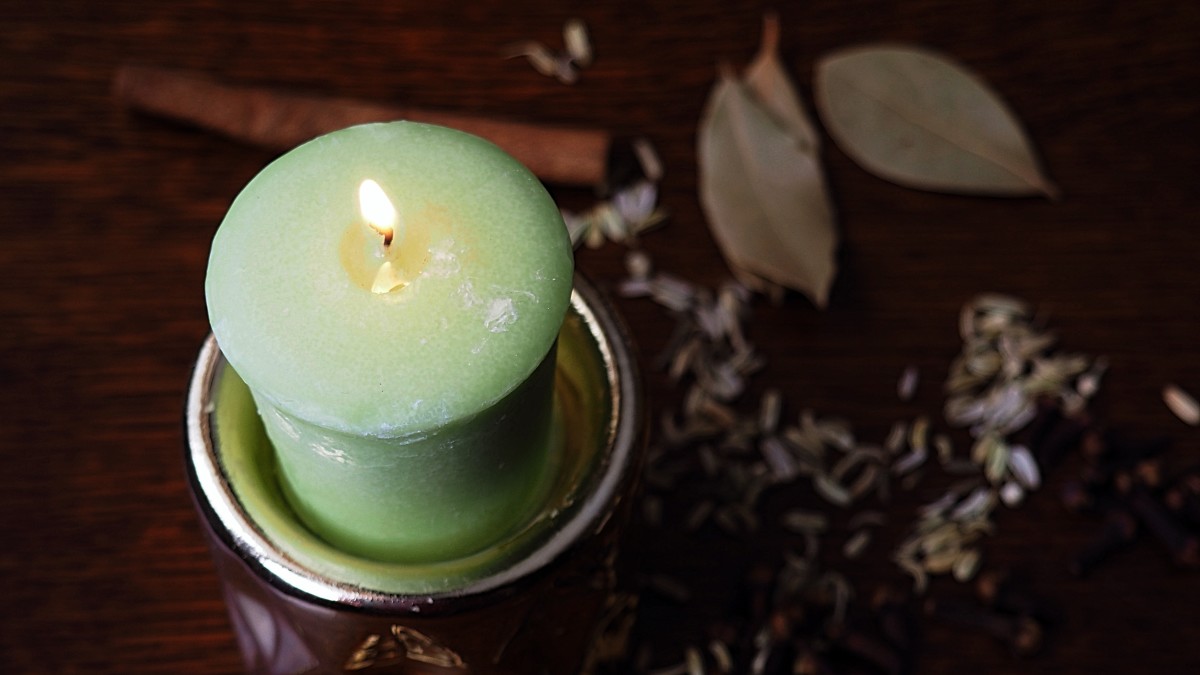The Great European Witch Hunt: Less Known Facts About This Shocking Brutality of Mankind!!
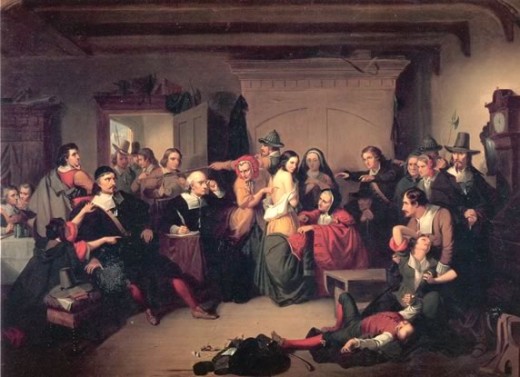
Magic has always been around. From the wonder struck caveman who discovered fire for the first time, to the ‘Megia’ rituals performed by the Persian priests, magic has presented itself in many forms. In its earliest form, witchcraft was a set of rituals that sought to engage the energies of the natural world for better survival. As the perception of every religion included some king of spiritual aspect, witches and shamans were the mediums through which communication with this dimension was channelized.
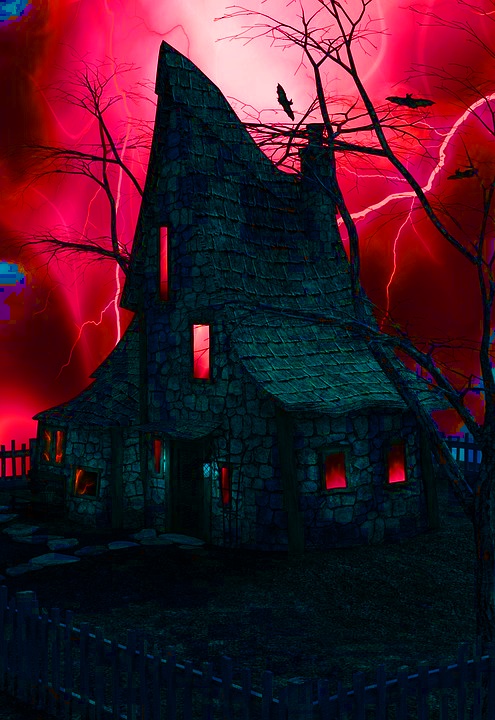
Our world has seen countless acts of brutality. Be it cruelty by individual criminals or pandemics of brutality spanning across countries. The Great European Witch Hunt was one of them. Spanning around 300 years from 1450 AD to 1750 AD it sparked similar events almost all over the globe which ended by around 1800 AD. Till that year around 175,000 executions had taken place all over the world. There are so many details about the Witch Hunt that less people know of.
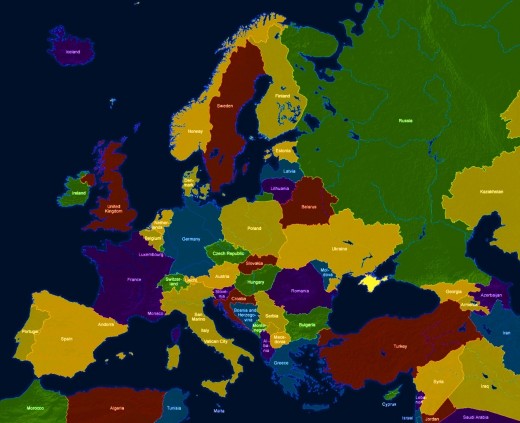
Here is a compilation of a few such intriguing facts:
1. According to the witch-hunters, God allowed the devil and his witches to commit evil in order to test the faithful and punish the wicked.
2. Eleanor Cobham, the Duchess of Gloucester, did public penance in 1441 for using magic in attempt to further her husband’s political ambitions. A century later she would have faced far worse punishment as a witch.
3. In most of Europe the punishment for witchcraft was to be burned at the stake, but the practice in England and Scotland and subsequently America was to hang those found guilty.
4. Someone who died under torture having resisted confessing to witchcraft, would have been showing a heroic level of endurance in order to defend his or her innocence.
5. King James VI of Scotland faced a serious threat to his rule from the Earl of Bothwell. The king secured his power partly by accusing the earl of being in league with witches.
The Salem trials
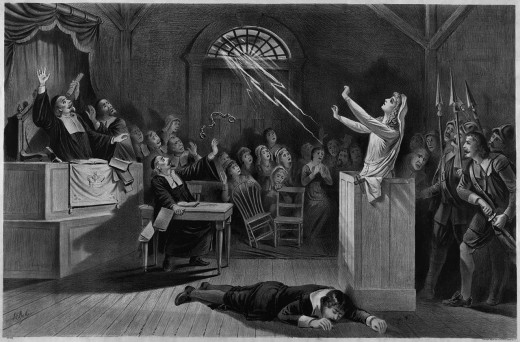
6. King James’s anti-witch tract, introduced many of the ideas of European witch-hunters into Britain. James advocated the ‘swimming’ of witches to test their guilt. The test was based on the belief that the water rejects the corrupted souls. The accused were thrown in water, with a acceptance that the innocent would sink whereas the guilty would float. The accused’s left hand would be tied to the right foot and vice versa before throwing into the water.
7. From 1450 AD to 1800 AD, times were so turbulent that a mass witch hunt could be sparked by practically any event that caused tension ad suspicion in a community.
8. Although the witches were thought to know the recipe themselves, the magic salve enabling the witch’s broomstick to fly was considered to be provided by the Devil.
9. Witch hunts in Germany were mostly sparked by bad hailstorms causing severe damage to crops. Such misfortunes were attributed to the malign action of the witches. Form the year 1561 AD to 1670 AD, more than 3000 people were killed in Germany after being tried as witches. Small villages with scanty population like just above 600, 50 people were burned at the stake and an additional 170 were waiting to be tried. People were so brutally tortured in these times that it lead to extremely huge number of confessions.
10. The notion that the witches flew to the Sabbat rooted from the belief that female flying spirits called the ‘wild hunt’ traveled through the night sky at certain times of the year.
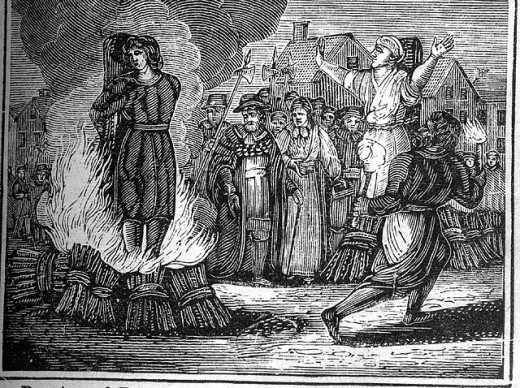
In one of the most merciless killing spree of the time, The Archbishop Elector of Trier facilitated a hunt that slew around 375 people from around 20 villages. Two of these villages were left with just one woman each.
Countless legends and folklore emerged in these times as did so many ridiculous and absurd accusations. It took humanity more than 350 years to understand that hailstorms and famines were acts of nature and could not be produced by witchcraft. Slowly women flying on broomsticks became part of bedtime stories rather than judicial records. As ruthless as these years were, they bore some good for the times to come. Torture, which was earlier a common part of a judicial process, ended to be so.

